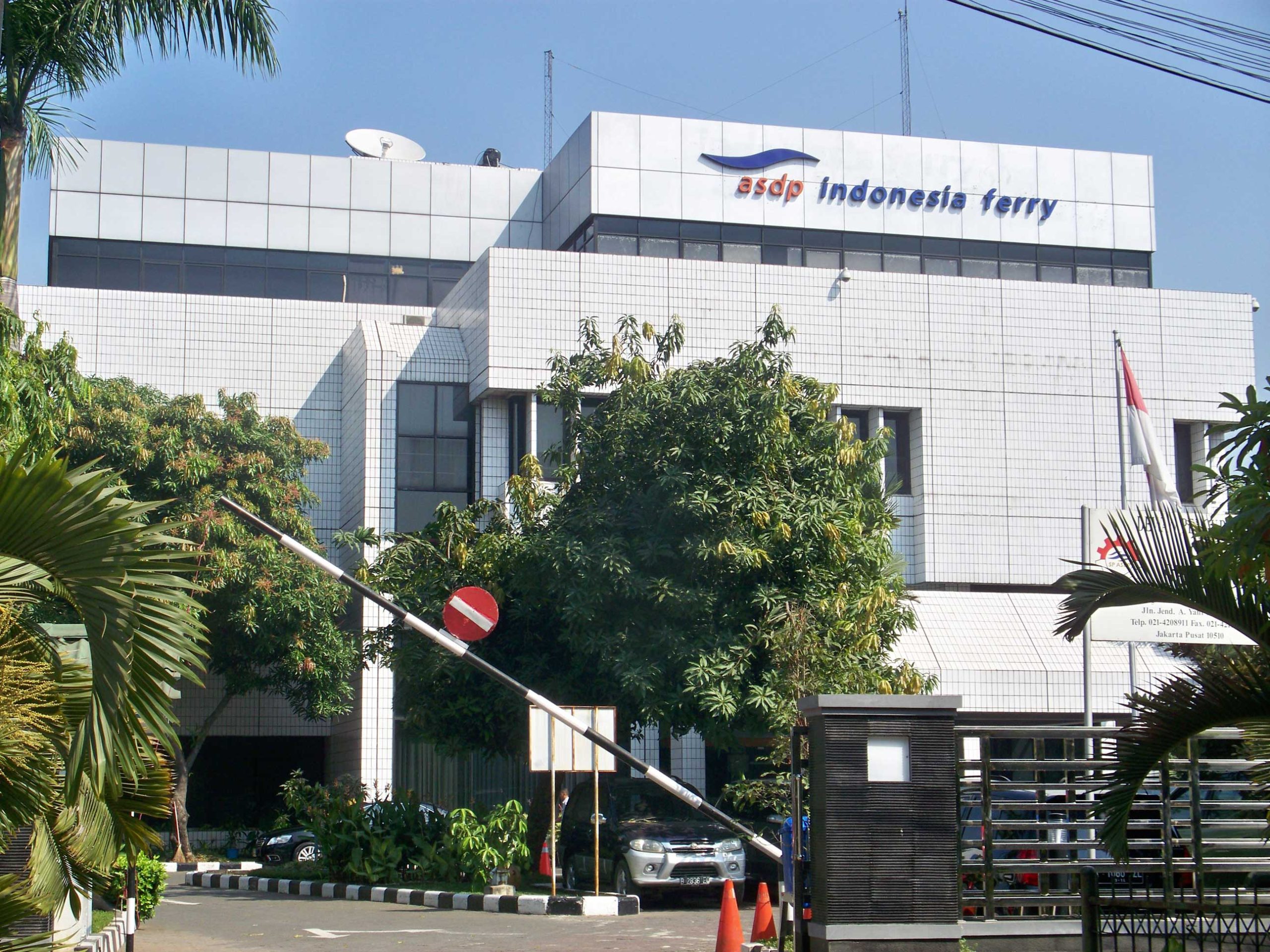
The landscape of urban mobility has evolved significantly in recent years, leaving behind traditional methods in favor of innovative alternatives. Amidst this ongoing transformation, recent legislative measures have the potential to reshape how transportation services operate, providing a framework that promotes safety, fairness, and efficiency. As stakeholders adapt to these new standards, the implications for everyday commuters and service providers are profound.
With advancements in technology and an increasing demand for seamless travel solutions, the introduction of structured guidelines represents a crucial step forward. These changes are designed to address concerns related to regulation, competition, and consumer protection, ensuring that all parties benefit from a more organized system. Enhanced oversight encourages responsible practices among service providers while simultaneously safeguarding the rights and interests of riders.
As communities seek sustainable mobility options, the effects of these reforms resonate beyond mere transportation. They signify a commitment to improved urban living, encouraging safer streets and reducing congestion. In this environment of heightened accountability, both operators and users can look forward to a future where quality service and equitable access are prioritized.
The Impact of Ojek Law on Riders
The recent regulatory changes have significantly influenced the lives of two-wheeled transport providers and their patrons. With these adjustments, the dynamic between service providers and users is expected to evolve, enhancing the overall experience and fostering a more structured environment for transportation.
Benefits of Enhanced Regulations: One of the primary outcomes of these new regulations is improved safety for passengers. By requiring drivers to adhere to specific standards and guidelines, riders can enjoy a greater sense of security during their journeys. This newfound assurance may lead to increased usage of these transport services, ultimately benefiting the industry as a whole.
Challenges Ahead: Despite the positive consequences, the transition to a more regulated framework may pose challenges for current operators. Riders might encounter temporary disruptions as service providers adapt to meet the new requirements. This adjustment period is crucial, as it will determine how quickly and efficiently the industry can align with the latest regulations.
Community and Economic Growth: Furthermore, the introduction of a structured system paves the way for better earnings for drivers. As the market becomes more organized, riders can expect improved fare structures, ensuring fair compensation for their efforts. This not only contributes to individual income but also stimulates economic growth within local communities.
In conclusion, the ramifications of these regulatory adjustments extend beyond mere compliance; they create a foundation for a safer, more reliable, and economically viable transportation experience for everyone involved.
Understanding the New Regulations
The recent establishment of updated guidelines marks a significant shift in the way transportation services operate in the country. These changes aim to enhance safety, improve service quality, and create a more structured environment for both drivers and passengers. The new framework is designed to address long-standing challenges in the sector, promoting fair competition and ensuring consumer protection.
Key Aspects of the Regulations
Among the primary components of the new guidelines are enhanced safety protocols and licensing requirements. Providers must now adhere to specific standards that aim to safeguard both drivers and customers. This includes mandatory background checks and the inclusion of insurance provisions, which were previously inconsistent across the industry. By implementing these measures, the government seeks to instill a greater sense of trust in the services offered.
Impact on the Industry Landscape
The updated regulations are expected to considerably reshape the operational dynamics of transportation services. Enhanced compliance obligations may lead to a consolidation of platforms that meet the criteria, while smaller, less adaptable entities could face challenges in staying afloat. As a result, consumers may experience a more reliable and safer service, though it remains to be seen how the competitive landscape will evolve in response to these changes.
Benefits for Ride-Hailing Companies
The recent regulatory framework has opened up numerous advantages for transport network firms, enhancing their operational landscape and fostering growth opportunities. This development paves the way for a more structured environment, enabling companies to thrive in an increasingly competitive market.
Enhanced Safety and Compliance
-
Establishing clear guidelines ensures a safer experience for both drivers and passengers.
-
Compliance with regulations builds trust among users, leading to higher customer retention.
-
Companies can avoid hefty fines and legal issues, protecting their brand reputation.
Market Expansion and Innovation
-
New regulations may facilitate access to untapped markets, allowing businesses to broaden their reach.
-
Encouraging innovation can yield improved services and features, ultimately enhancing user experience.
-
Increased legitimacy attracts investment, providing resources for growth and technological advancement.
By fully embracing these transformative changes, transport network companies can position themselves advantageously in the evolving landscape, ensuring long-term success and sustainability.
Challenges Faced by Traditional Taxi Services
Traditional cab operators are encountering a myriad of obstacles in today’s fast-paced transportation market. As customer preferences evolve and technology continues to advance, these service providers struggle to maintain their market share against new competitors. Various factors contribute to these challenges, impacting their efficiency, customer satisfaction, and overall viability.
Increased Competition
-
Emergence of app-based transport services leading to lower fares.
-
Convenience and accessibility offered by digital platforms attracting more riders.
-
Enhanced customer experience through real-time tracking and cashless transactions.
Operational Inefficiencies
-
Inflexible pricing structures that do not adapt to market demands.
-
High operational costs due to outdated technologies and management practices.
-
Difficulty in managing fleet logistics and driver availability efficiently.
As traditional taxi services navigate these hurdles, they must innovate and adapt to survive in an increasingly competitive landscape. Failure to address these concerns may lead to a further decline in their relevance and customer loyalty.
Consumer Reactions to Ojek Law
The recent changes in transportation legislation have sparked a variety of responses among users. This new framework aims to create a more structured environment for commuting services, raising questions about its practical implications and benefits for everyday passengers. Perspectives vary widely, influenced by personal experiences and expectations regarding convenience, safety, and affordability.
Positive Feedback from Users
Many individuals express satisfaction with the anticipated improvements in service quality and accountability. Enhanced regulations are viewed as a way to protect consumer rights, ensuring that drivers meet specific standards. Customers appreciate the idea of safer rides and better professional conduct from service providers, allowing them to trust the experience more. Furthermore, the potential for regulated fare structures is seen as a benefit that could prevent unregulated price fluctuations.
Concerns and Criticisms
Conversely, some consumers voice reservations about possible negative outcomes. There are fears that stricter controls might lead to increased fares or reduced service availability in particular regions. Users worry that the operational changes could inadvertently disadvantage smaller, independent drivers, impacting the competitive landscape. Additionally, the adjustment period may lead to inconsistencies in service, creating uncertainty for users who are accustomed to a particular level of convenience.
Future of Transportation in Indonesia
The evolution of mobility services reflects a significant transformation in urban dynamics. With ongoing advancements in technology and the continuous adaptation of regulation, new opportunities are emerging for enhancing personal travel methods and public transport efficiency.
Innovation and Sustainability
Adopting electric vehicles and smart traffic management systems promises to create a more sustainable transportation ecosystem. As cities evolve, the integration of environmentally friendly solutions will be crucial not only for reducing emissions but also for improving overall air quality.
Impact of Digital Platforms
Digital applications are poised to revolutionize how individuals connect with transport options. These platforms enhance user experience by providing convenient access to various mobility services, making commuting more efficient and accessible. The emphasis on user convenience will likely lead to increased adoption of diverse mobility alternatives, shaping a new landscape for travel.
Q&A: Finally an Ojek law
What is the main purpose of the Ojek Law in Indonesia?
The main purpose of the Ojek Law is to provide a regulatory framework for ride-hailing services such as Go-Jek and Grab in Indonesia. This law aims to ensure the safety of both drivers and passengers, establish fair competition in the ride-hailing market, and create standardized operational guidelines for all ride-hailing companies. By formalizing the sector, the government seeks to foster accountability and protect the rights of drivers while also addressing issues like pricing and service quality.
How might the Ojek Law impact drivers in the ride-hailing industry?
The Ojek Law could significantly impact drivers in several ways. First, it is likely to enhance their working conditions through improved safety regulations and clearer labor rights. By establishing minimum standards for remuneration and benefits, drivers may experience better financial security and treatment from ride-hailing companies. Additionally, the law may guarantee drivers access to social protections, healthcare, and legal recourse in cases of disputes or accidents. Overall, these changes could lead to a more sustainable and equitable work environment for drivers.
What are the expected changes for users of ride-hailing services due to the Ojek Law?
Users of ride-hailing services can expect several positive changes as a result of the Ojek Law. The regulation aims to improve safety by enforcing standards for vehicle maintenance and driver training, which can enhance passenger confidence while using these services. Furthermore, the law may lead to more transparent pricing mechanisms, reducing incidents of fare disputes. Enhanced accountability from ride-hailing companies could also improve customer service and overall user experience, leading to greater satisfaction among riders.
What challenges might the Ojek Law face during its implementation?
The implementation of the Ojek Law may encounter several challenges. One significant issue could be resistance from existing ride-hailing companies that may be reluctant to comply with the new regulations, fearing potential losses in their profit margins. Additionally, ensuring proper enforcement of the law across various regions of Indonesia poses logistical challenges, given the country’s geographic diversity and the vast number of drivers and vehicles involved. There may also be concerns about how the law affects competition in both the traditional taxi industry and among ride-hailing services, potentially leading to market disruptions or pushback from other stakeholders.
In what ways is the Ojek Law seen as a game changer for the Indonesian ride-hailing market?
The Ojek Law is viewed as a game changer for the Indonesian ride-hailing market due to its potential to create a fairer and safer environment for both drivers and passengers. By establishing clear regulations, the law could help level the playing field among competitors, encouraging innovation and improvement in service quality. Moreover, it lays the groundwork for a more structured industry, which can attract investments and stimulate economic growth within the transportation sector. Ultimately, the Ojek Law signifies a shift towards legitimizing ride-hailing services in Indonesia, ensuring that they can thrive while maintaining ethical standards and consumer protection.
What is the significance of the new Ojek Law for ride-hailing services in Indonesia?
The newly enacted Ojek Law marks a significant shift in the regulatory landscape for ride-hailing services in Indonesia. It aims to create a more structured framework for the operation of Ojek (motorcycle taxi) services, offering legal protection for both drivers and passengers. This law is expected to address issues such as fare regulation, driver rights, and safety protocols, ensuring a more reliable and secure environment for all parties involved. By formalizing the industry, the Ojek Law can potentially reduce illegal operations and improve overall service quality, benefiting both users and the growth of ride-hailing companies in Indonesia.
How will the Ojek Law impact traditional taxi services in Indonesia?
The Ojek Law is likely to have a multifaceted impact on traditional taxi services. On one hand, it may level the playing field by imposing similar regulations on ride-hailing and traditional taxi services, ensuring fair competition. Traditional taxis may need to adapt to the changing landscape by enhancing their service quality and potentially adjusting their fare structures. On the other hand, if the law leads to improved rider safety and fare transparency, it could encourage more passengers to choose legal ride-hailing options over informal or unregulated taxi services. Ultimately, how traditional taxis respond to these changes will determine their future viability in an increasingly competitive market.
How has the rise of online motorcycle services like Gojek impacted the daily income of conventional ojek drivers in major cities such as Jakarta, Surabaya, and Bandung?
The rise of online motorcycle services like Gojek has significantly reduced the daily income of conventional ojek drivers in major cities such as Jakarta, Surabaya, and Bandung. Many conventional drivers struggle to compete with the convenience and affordability offered by online platforms, leading to a shift in passenger preference. As a result, traditional ojek drivers have seen their earnings decline as customers increasingly opt for the algorithmic efficiency and lower tariffs provided by Gojek and similar online services.
What role does the Ministry of Transportation play in regulating tariffs for online motorcycle services like Gojek in Indonesia’s major cities, including Jakarta and Makassar?
The Ministry of Transportation in Indonesia plays a critical role in regulating tariffs for online motorcycle services like Gojek. In cities like Jakarta and Makassar, the Ministry sets the per-kilometer tariff rates to ensure fair competition and prevent exploitation of both drivers and passengers. This regulation helps maintain a balance between the operational costs of Gojek drivers and the affordability for riders, contributing to the sustainability of the online transportation industry.
How did the Covid-19 pandemic affect the income of Gojek drivers in Indonesia, particularly in Jakarta, and what measures did the company take to support its drivers during this period?
The Covid-19 pandemic drastically reduced the income of Gojek drivers in Indonesia, especially in Jakarta, as demand for transportation services plummeted due to lockdowns and movement restrictions. Gojek responded by diversifying its service offerings, such as Go-Food and Go-Car, allowing drivers to continue earning through food delivery and other on-demand services. The company also introduced financial assistance programs and collaborated with the Ministry of Communication and Information to offer digital entrepreneurship training to help drivers adapt to the changing economic landscape.
What are the safety risks associated with the use of online motorcycle services like Gojek, and how do these risks compare to those of conventional ojek drivers in cities like Tangerang and Bandung?
The use of online motorcycle services like Gojek carries certain safety risks, including traffic congestion and accidents, which are also concerns for conventional ojek drivers in cities like Tangerang and Bandung. However, Gojek has implemented safety features such as real-time tracking, safety training for drivers, and insurance coverage for passengers, which help mitigate these risks. In comparison, conventional ojek drivers may not have access to such safety measures, potentially making their services less secure for passengers.
How have regulations regarding online transportation companies like Gojek evolved in Indonesia since 2015, and what impact have these regulations had on the industry?
Since 2015, regulations regarding online transportation companies like Gojek have evolved significantly in Indonesia. The government, through the Ministry of Transportation, has introduced several regulations to legalize and formalize the industry, including setting tariff limits, safety standards, and insurance requirements. These regulations have helped to create a more structured and competitive environment, ensuring that companies like Gojek operate fairly while protecting the interests of drivers and passengers. The impact has been a more stable and regulated online transportation industry, contributing to its rapid growth across Indonesia’s major cities.





